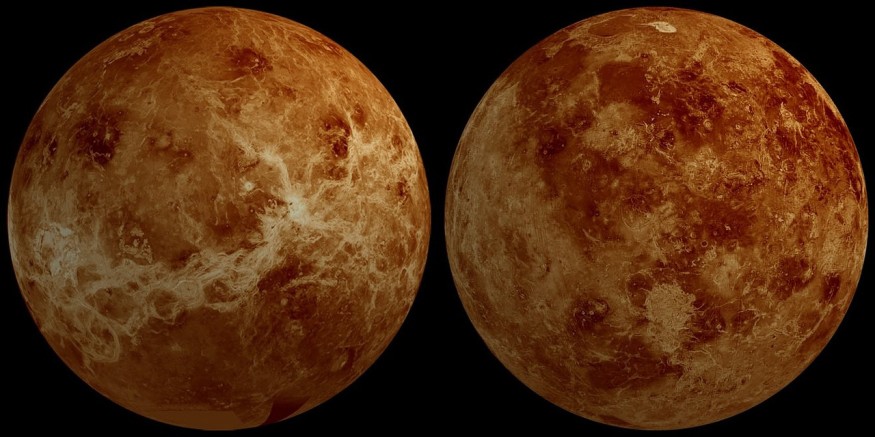
A recent video from NASA has dubbed Venus as the earth's evil twin. Given this unique description, it is no surprise that specialists are set on delving into the planet in the coming decade.
Venus Resembles Earth But Is Still Incredibly Different From It
Engineers and scientists from the European Space Agency and NASA are set toward deploying three new missions to Venus in the next 10 years. Space Academy reports that this is part of their pursuit to know more about this planet that resembles earth in various ways but is still remarkably different.
The recent video tackles some characteristics of the planet that may seem nightmarish but intriguing. The planet, for one, has a "runaway greenhouse effect," as noted by Space. Its thick atmosphere reaches 24 kilometers and comprises carbon dioxide and sulfuric acid clouds. Venus also has temperatures that are high enough to melt lead. NASA's director of planetary science Lori Glaze notes in the video that the surface of Venus can reach as high as 900 degrees Fahrenheit or 480 degrees Celsius.
Glaze notes how the planet is "crazy" yet interesting. The researchers want to know the reason why earth and Venus are different from each other.
ALSO READ : Why Is Venus So Bright? Here's How Its Proximity to Earth, Highly Reflected Clouds Affects It
Space Missions to Venus
In the next decade, agencies will be conducting at least three missions to the earth's evil twin. There will be the DAVINCI (Deep Atmosphere Venus Investigation of Noble Gases, Chemistry and Imaging), which covers two major areas. Firstly, a craft will go to Venus to gather data regarding its clouds and terrain. On top of that, it will also serve as a hub for telecommunications throughout the missions. Secondly, there will be a particular descent probe that will descend into the thick atmosphere of the planet and gather data as it traverses through the planet's surface.
There will also be another mission called VERITAS (Venus Emissivity, Radio Science, InSAR, Topography and Spectroscopy). It will be the first orbiter from NASA to visit the planet since the 1990s. The craft will come up with a comprehensive view of Venus and its history. This will help specialists who desire to get a deeper understanding of the planet's volcanoes in order to see if water was ever present on the planet. The Italian Space Agency, French Space Agency, and German Aerospace Center will also take part in this mission.
The European Space Agency (ESA) will also be launching the EnVision space mission. Supported by NASA, the mission will launch in the early 2030s. As it reaches Venus, the EnVision will attempt to learn more about why the planet is earth's evil twin. More specifically, it will look into the hostile atmosphere and inner core to examine how earth and Venus formed in similar areas of the solar system and with the same material yet ended up entirely distinct from each other.
Check out more news and information on Space in Science Times.












